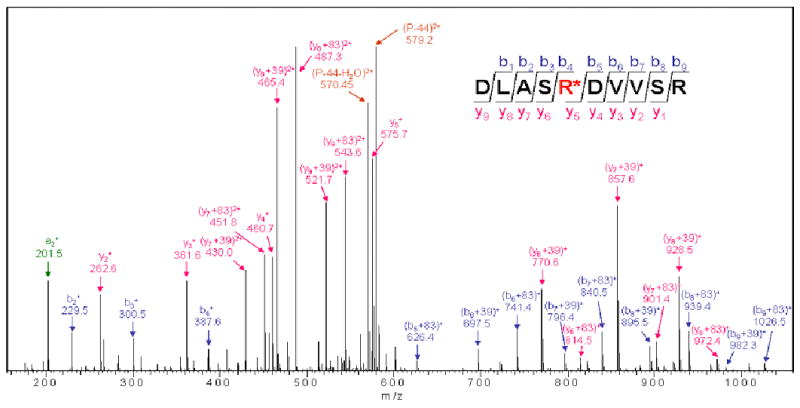Figure 5. LTQ linear ion trap tandem mass spectrum obtained from fragmenting 3-NP modified peptide DLASR*DVVSR.

The doubly charged precursor ion of m/z 600.9 corresponds to a mass increment of 83 Da. This peptide was present in the digest of the 3-NP-treated sample but not the control. The peaks can be assigned as "b" and "y" fragments of the indicated sequence (corresponding to D293 – R302 of the mature flavoprotein sequence, and including the modified catalytic base R297) if it is assumed that R297 has an additional mass of 83 Da or 39 Da, consistent with the proposed adduct (NCCCO2) or its decarboxylation product (NCC). Peaks corresponding to the decarboxylation (P-44) and dehydrated decarboxylation (P-44-H2O) products of the parent peptide (P) are also indicated.
